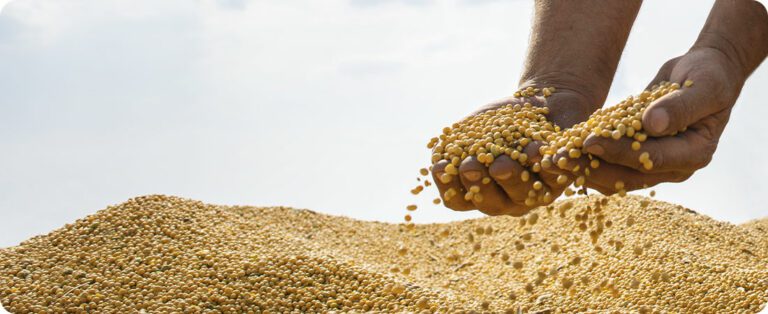
Image: Adobe Stock
While an extratropical cyclone was ravaging the south coast of Brazil, bringing with it storms, winds and devastating consequences, another climate phenomenon is about to impact the country: El Niño. After a year of La Niña in 2022, with its excessive rainfall and unpredictable dry spells, climate conditions are on the verge of a major change.
According to the article by Andreas Vallgren, an Ignitia specialist, El Niño affects agriculture and also expectations for Brazil in 2023. In recent years, the La Niña phenomenon has been the protagonist of climate anomalies in Brazil. In areas that suffered from intense rains, the soils became waterlogged, making planting and harvesting difficult. This led to the rotting of grain and a reduction in the quality of agricultural products. Furthermore, flooding damaged equipment, destroyed rural roads and caused infrastructure losses on properties.
{module Form RD}
On the other hand, in regions affected by drought, plantations faced difficulties in obtaining sufficient water, resulting in water stress for the plants. This led to a reduction in grain yield, size and quality. Farmers also had to deal with rising irrigation costs and shortages of livestock feed, affecting livestock farming.
These losses in agricultural production caused by La Niña have a direct impact on the country's economy, affecting not only farmers, but the entire production chain and consumers, who may face increases in food prices due to reduced supply.
The cold sea surface temperatures characteristic of La Niña are being left behind. Warming is occurring exceptionally quickly and we have already exceeded the temperature threshold that defines an El Niño. Although the trade winds do not yet demonstrate behavior typical of this phenomenon, the National Oceanic and Atmospheric Administration (NOAA) has already officially declared the arrival of El Niño, while the heat anomaly continues to grow without stopping.
This early declaration raises concerns about the possibility of a strong El Niño. The impacts of this phenomenon are felt globally, with changes in weather patterns in various regions of the world, often resulting in extreme weather events that affect agricultural productivity and ecosystems, even in areas far from the tropical Pacific.
A critical aspect is the increased chances of annual global temperatures exceeding +1.5°C above pre-industrial levels in the coming years, something that has not occurred since the end of the last Ice Age, around 12,000 years ago. This value is significant, given that the Paris Agreement seeks to limit global warming to +1.5°C in the long term.
But what to expect specifically for Brazil?
Above-average rainfall is expected in the southern areas of the country, which could boost agricultural productivity. However, there are risks involved, as soils can become saturated and prone to flooding with prolonged rainfall anomalies.
Much of central and northern Brazil will likely experience rainfall shortages and erratic dry spells, which could lead to drought conditions, for example, Mato Grosso, Goiás, Minas Gerais and regions to the north. Therefore, a reduction in agricultural productivity in these areas is expected for crops such as corn and beans, as in some El Niño years there were drops of up to 50% in northeastern Brazil, for example.
In recent years, the La Niña phenomenon has been the protagonist of climate anomalies in Brazil. In areas that suffered from intense rains, the soils became waterlogged, making planting and harvesting difficult. This led to the rotting of grain and a reduction in the quality of agricultural products. Furthermore, flooding damaged equipment, destroyed rural roads and caused infrastructure losses on properties.
We're early in the El Niño cycle and it's not yet clear how strong it will be, which means the details could change as we get closer to spring. Therefore, it is important to continue monitoring weather forecasts and be prepared for unusual weather conditions for the remainder of this year and next, as details become more reliable as we approach the next rainy season.
Source: Aline Merladete | agrolink















